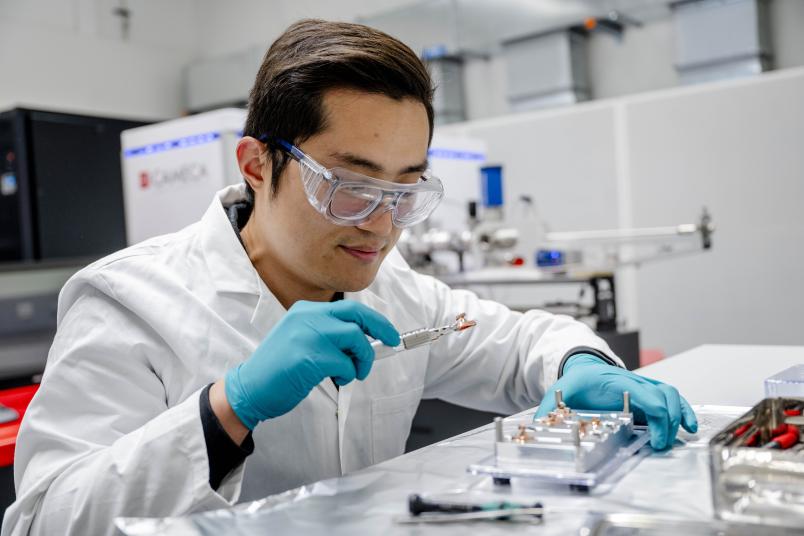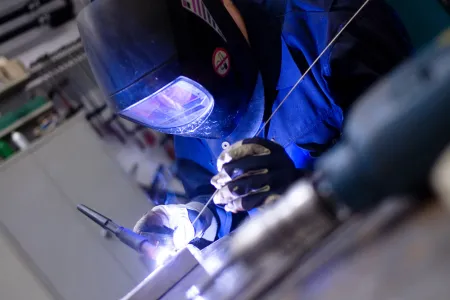Materials science
Mechanism of Cobalt-Manganese Catalysts Deciphered
The energy carrier hydrogen can be obtained from water by electrolysis. This works particularly well with Cobalt spinel electrocatalysts containing manganese. However, it was unclear why.
Conventional catalysts for hydrogen production via water electrolysis usually contain precious metals and are expensive. However, cheaper alternatives have been developed, for example cobalt-manganese catalysts. They have a high activity and are stable over a long period of time. The decisive factor for these characteristics is their manganese content. Why manganese plays this essential role was unknown for a long time. The mechanism behind this has now been deciphered by researchers from the German institutions Ruhr University Bochum, the Max Planck Institutes for Sustainable Materials and for Chemical Energy Conversion, Forschungszentrum Jülich and the University of Duisburg-Essen. They report on their findings in the journal Advanced Energy Materials from October 7, 2024.
Combination of different methods was the key to success
By applying an electrical voltage, water can be split into hydrogen and oxygen. The limiting step in this reaction is the oxygen evolution. Thus, researchers are looking for the optimal catalysts for this reaction step. Cobalt electrocatalysts with a certain geometric structure, the so-called spinel structure, are normally inefficient and not stable over the long term. However, this changes when they are doped with manganese.
The research team used various methods to investigate what exactly happens on the surface of the catalysts during the electrolysis of water. They worked together within the Collaborative Research Center 247 “Heterogeneous Oxidation Catalysis in the Liquid Phase”. “Joining forces with several institutes enabled us to observe the processes at the electrode surface with different methods – and this combination was the key to success,” says Professor Tong Li, head of Atomic-Scale Characterization at Ruhr University Bochum. She is an expert in atomic probe tomography, a method that helps to visualize the spatial distribution of materials atom by atom. The team combined this method with transmission electron microscopy, x-ray fine structure absorption and x-ray photo emission spectroscopy.
Hop on, hop off: Like a passenger on a bus
The group showed that the manganese dissolves from the cobalt spinel surface during the reaction and then redeposits onto it. “It's like a passenger on a bus who keeps hopping on and off,” illustrates Tong Li.


